11 years ago, aged care and dementia nurse, Tamar Krebs, wanted to create something better. Today, Group Homes Australia (GHA) has 21 specialist homes across all regions of Sydney, with six more in development. The DCM Group has visited dementia homes internationally and we rate GHA the best model we have experienced, plus it opens up unique opportunities for retirement village and aged care operators.
Dementia remains one of the greatest challenges in every community across the world.
Here in a Western country, we struggle to support family members, and those without families are living alone, increasingly fearful and lost.
Retirement village operators are receiving residents later in life and with this an increasing incidence of dementia, as people avoid residential care and while home care at even Level 4 delivers just 10 to 14 hours of care a week.
What is the Group Homes Australia model?
Tamar established Group Homes Australia (GHA) with the aim of doing dementia differently by challenging traditional views about how people living with dementia can live beyond their diagnosis.
Having worked in institutional care, she wanted to establish the opposite, a real home environment and way of living. Her solution: create real suburban homes in suburban streets for six to ten dementia residents in each, and then let them live as they wish.
Residents live together with staff – called ‘Homemakers’ – who provide care, cleaning, cooking, laundry and support services 24/7 on a 1:4 staff ratio.
There is also access to Registered Nurses and social workers who support staff as well as residents and their families.
There are no visiting hours – families and friends come and go as they wish.
Importantly, residents are encouraged to live with a sense of purpose and meaning – an approach that Tamar labels ‘rementia’.
“In Latin, dementia means away from the mind, so rementia is about returning to the mind,” she explained.
“That means focusing on what the person enjoys, whether it be cooking, baking, gardening, shopping, going out into the community, or participating in the home, but not artificial activities like bingo or sing-alongs that people might not find meaningful.”
In our visit to a GHA home, we watched two men playing table tennis in the garden, while other residents had gone to the shops. A staff member (or Homemaker) accompanied them in both cases. The residents can also mow the lawns if they wish.
As their condition progresses, GHA then focuses on providing ‘cognitive ramps’ so residents can continue to participate in daily life.
“What has transpired over the last 11 years is that people can live well and flourish in our communities when we treat people as people and humanise their experience,” said Tamar.
GHA homes look and feel like homes. See below.
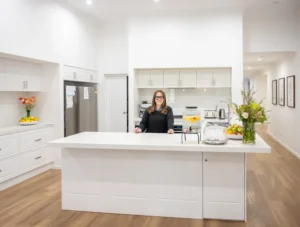
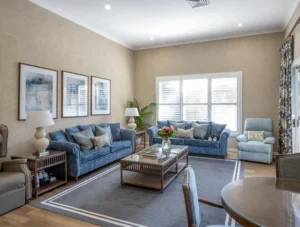
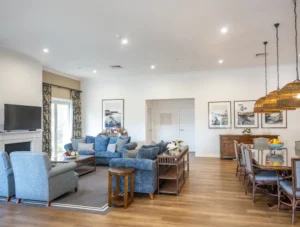
“Part of our philosophy is the seven-piece puzzle of dementia and one of those pieces is understanding the person’s life story and being able to replicate that,” says Tamar.
Case in point: one resident came into GHA who had a practice of walking 15km every day and became distressed when he was not allowed to go out.
GHA hired Homemakers who were able to accompany him on his daily walks. Another resident who was a former marathon runner has Homemakers who run with her.
Families are willing to ‘give up inheritance’ for quality of care – and life
This level of care and support does come at a cost – but not one that is significantly higher than traditional Government-funded residential care.
GHA is an approved home care provider but is not approved to provide residential care. Accommodation and services in its homes are funded privately, often topped up by a resident’s Home Care Package (HCP) or NDIS funding.
GHA offer five levels of care – from low-level care to end of life care and complex nursing – which are priced depending on the location. The actual home is far more expensive in Sydney’s Eastern Suburbs compared to the Sutherland Shire. The geographical location and complexity of support services can see costs vary say between $120,000 and $180,000 a year.
For their NDIS clients, around 85% of their care costs are funded with a co-payment for accommodation.
For a Level 4 HCP recipient, their package will cover around $60,000 a year.
The remaining amount is paid by residents and their families – and are not proving to be a deterrent, even for those on an Age Pension.
“Once upon a time, people moved into care for five years,” Tamar points out.
“Today, the average length of stay is between 18 and 24 months. So even someone who is a pensioner living in their home can afford to move in with us if they are selling their family home.”
With the median Australian dwelling price now sitting at $740,000 – and the majority of over-65s owning their own home – most people can comfortably cover their costs and still leave their family a sizeable inheritance.
“We don’t have to rewire the culture”
GHA is now looking to continue its expansion in NSW and interstate – and here is where the opportunity for village operators lies.
It is plausible to establish a GHA home in a retirement village, providing a service that most operators are not equipped to do or prepared to vary their business model to accommodate residents living with dementia.
Tamar likens the opportunity to a store within a store, like a Ralph Lauren store within Myer.
A village with 100 residents can have a GHA home for six to ten residents, supporting a spouse or freeing up an independent living unit, as well as the responsibility and burden for village staff.
“Retirement villages are generalists,” said Tamar (see the graph above from the GHA website).
“They can provide great concierge-style services, but they are not there to provide dementia care, whereas we are specialists in this area.
“Partnering with retirement villages is far more aligned [for us] than partnering with residential aged care, as we don’t have to rewire the culture.”
We at DCM see this as a unique opportunity for village operators to effortlessly add world best practice dementia support into their resident offering and marketing mix.
There are alternative business models that are attractive to both operators and GHA.
Meanwhile, Tamar is quietly achieving expansion beyond Sydney. Watch this space.
SATURDAY: With more village residents seeking a ‘one move’ approach, GHA could be an ideal alternative for operators looking to deliver higher care options.

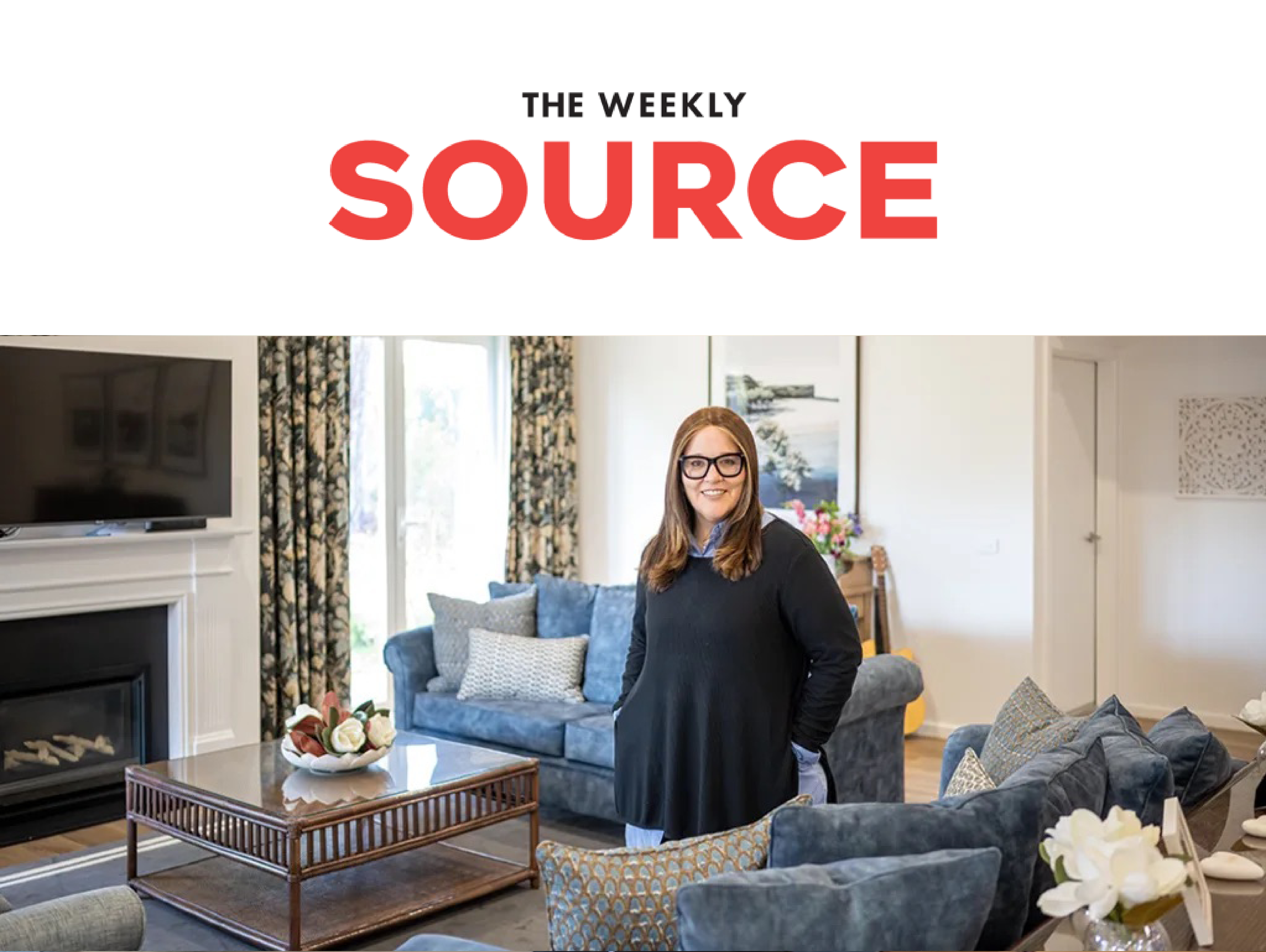


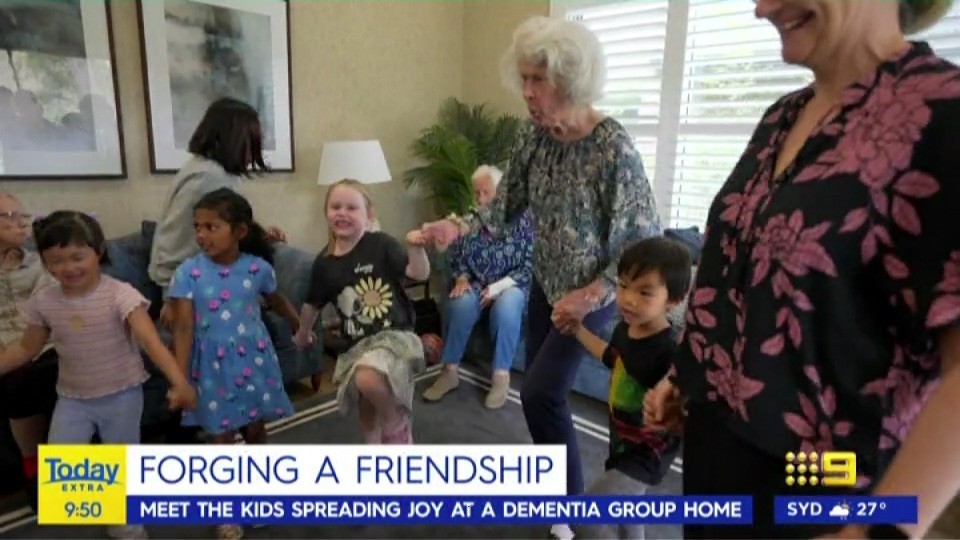
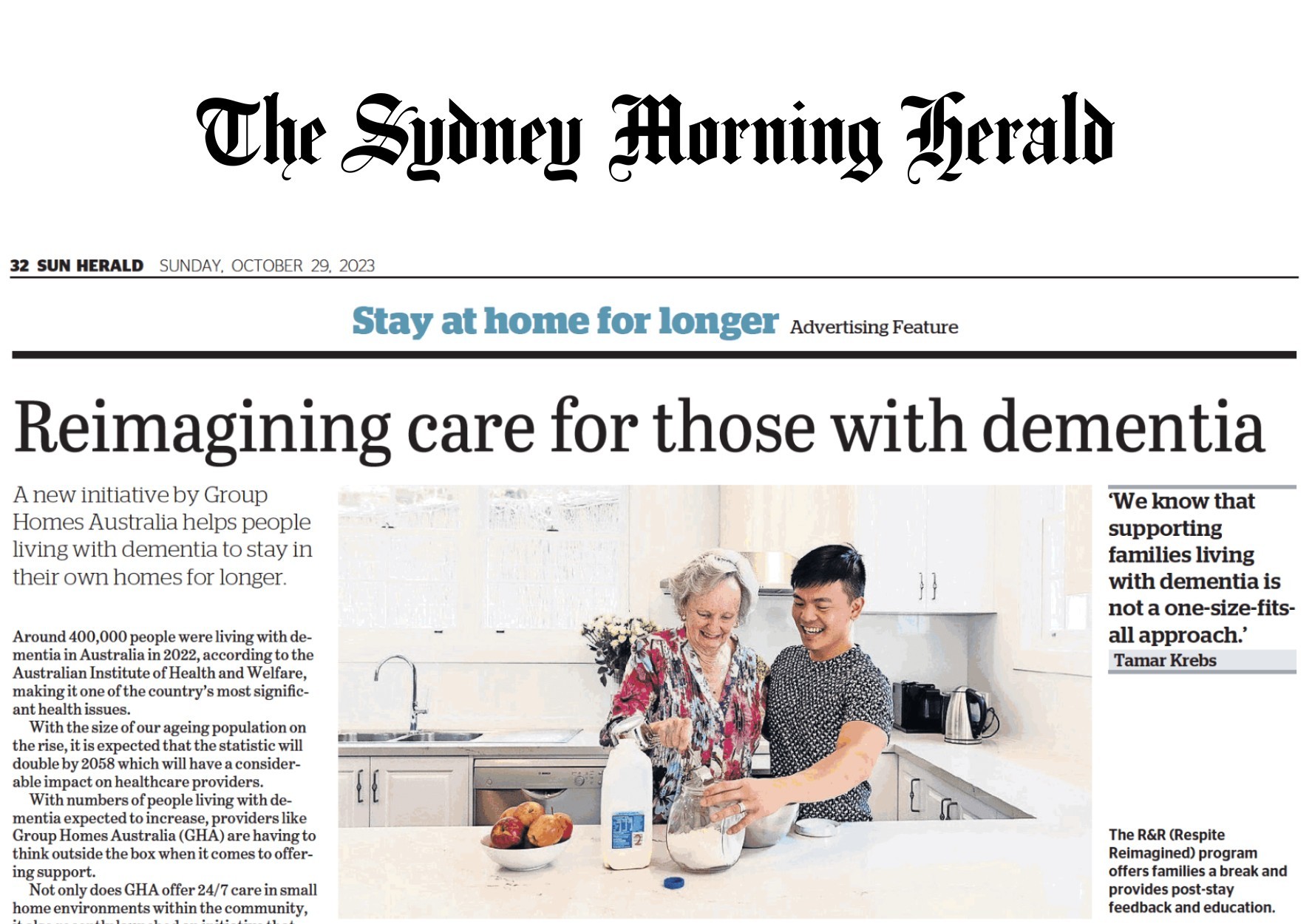
0 Comments